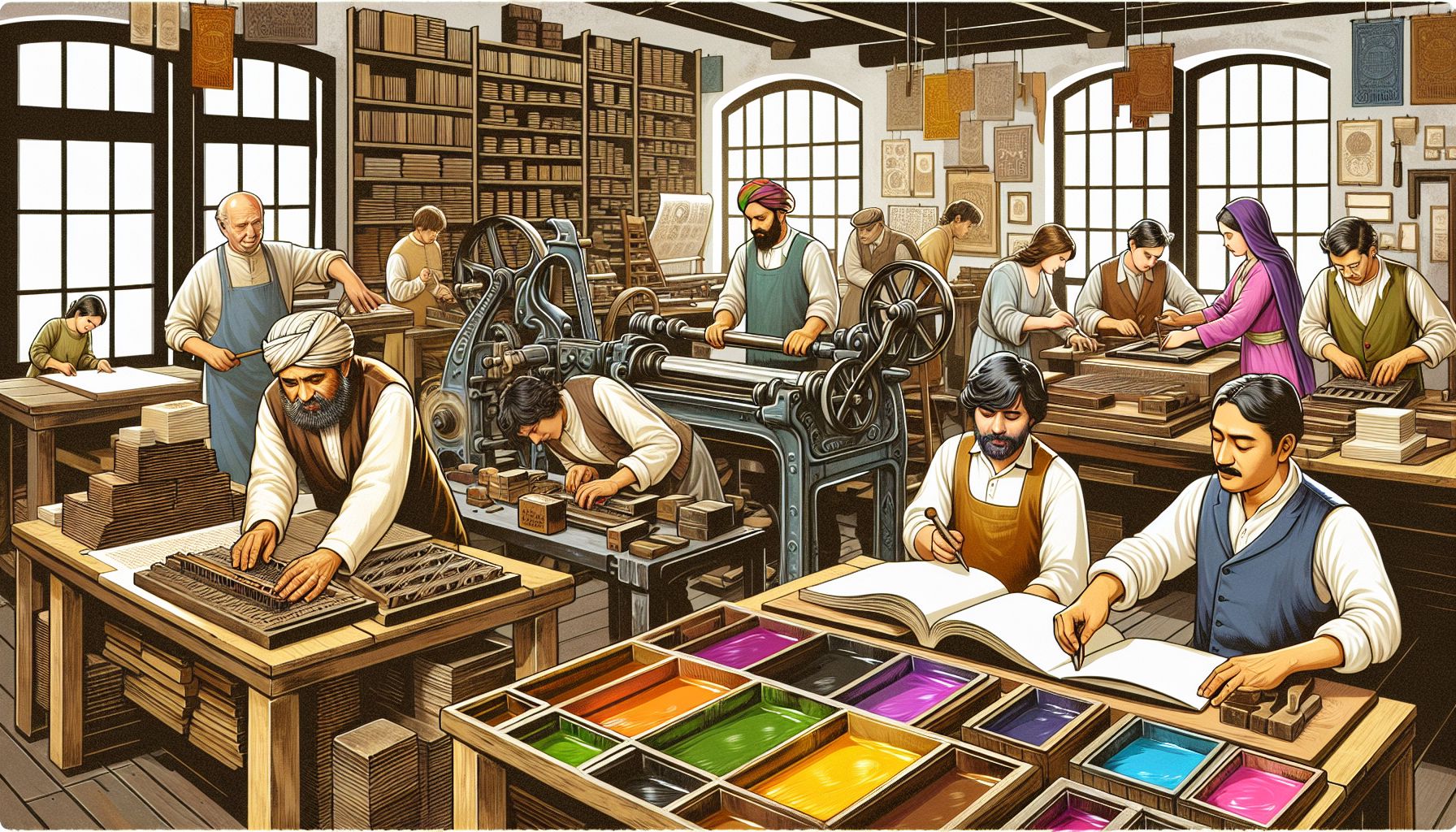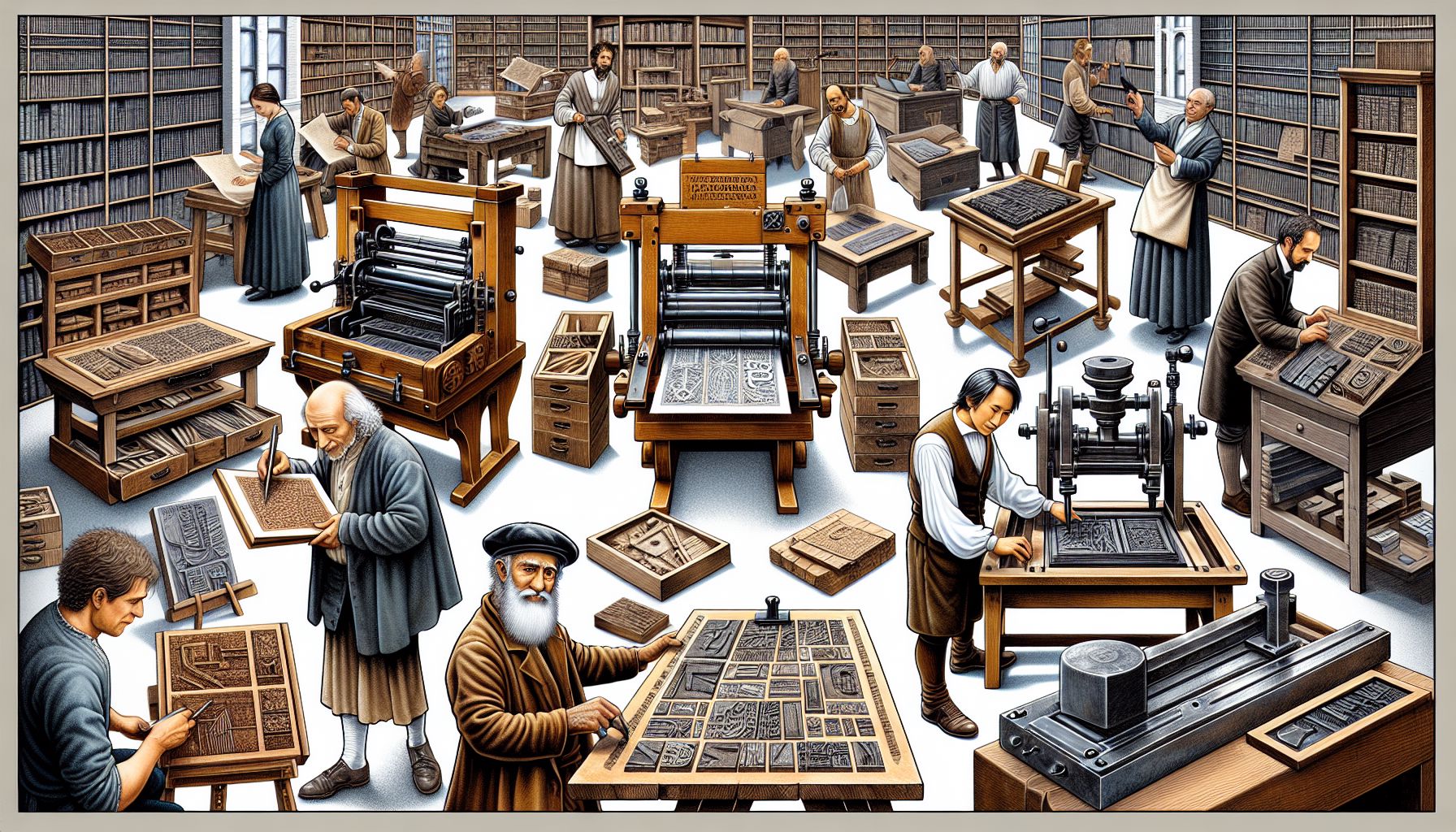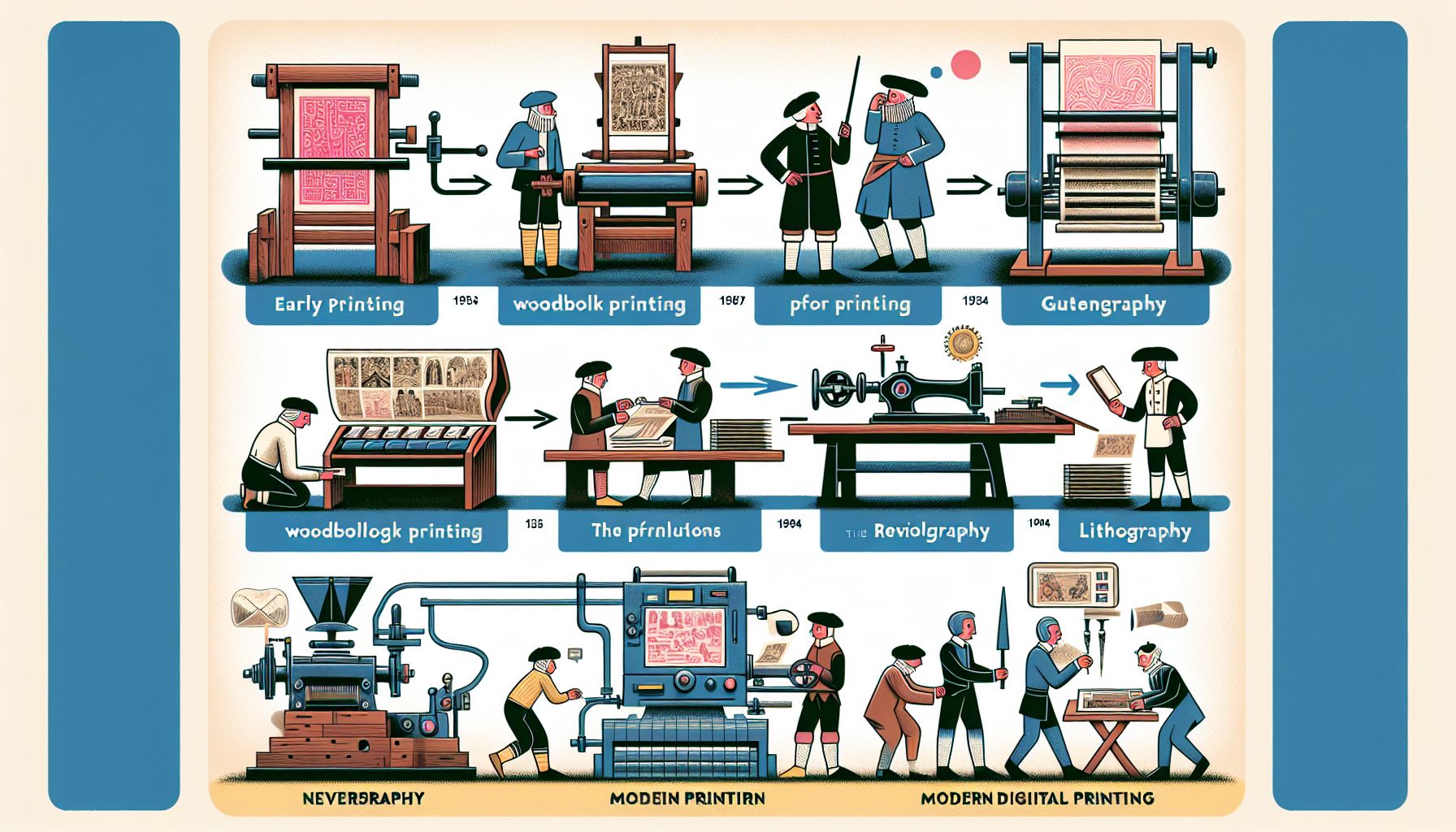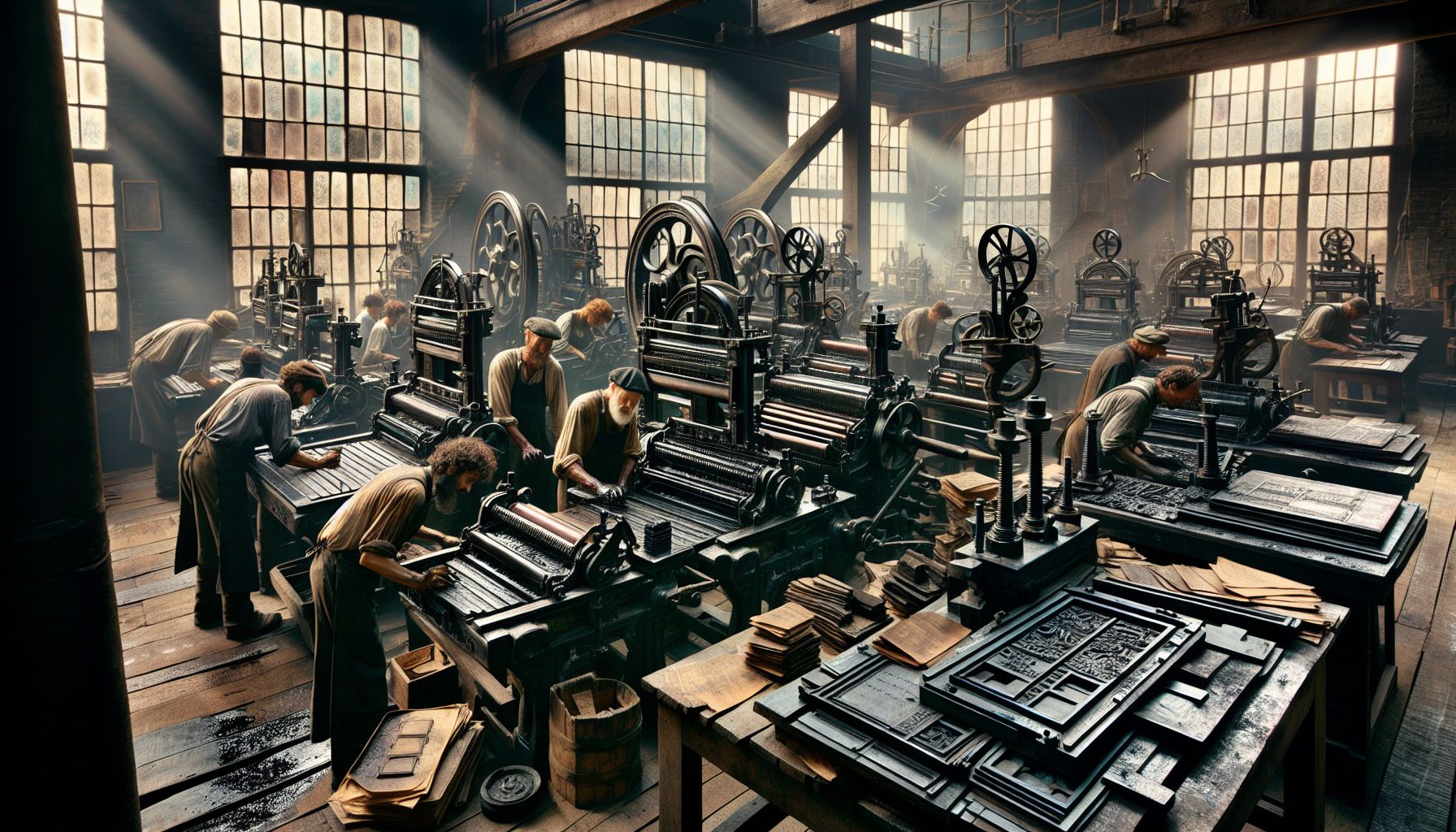In the world of printing, there are countless techniques and methods to achieve the desired results. From traditional methods like letterpress and offset printing to modern digital printing technologies, each technique has its own unique qualities and advantages. In this article, we will explore some of the most popular printing techniques and delve into how they work and what makes them unique.
Introduction to Printing Techniques
Printing techniques can be broadly classified into four main categories: relief printing, intaglio printing, planographic printing, and stencil printing. Each of these categories encompasses various methods and processes that are used to transfer an image or text onto a substrate such as paper, fabric, or metal.
Relief printing is a technique where the image is raised from the surface of the print block, such as in the case of letterpress and flexography. Intaglio printing involves incising the image into the surface of the print block, as seen in processes like etching and engraving. Planographic printing relies on the principle that the printing and non-printing areas are on the same plane, like in offset lithography. Stencil printing involves creating a stencil of the desired image and transferring the ink through the openings onto the substrate, as seen in screen printing.
Popular Printing Techniques
1. Letterpress
Letterpress printing is a relief printing technique that involves pressing a raised surface (usually metal type) against the substrate to create an impression. This method was widely used in the past for printing books, newspapers, and advertisements. Letterpress printing is known for its crisp and clean lines, as well as the tactile quality of the printed material.
2. Offset Printing
Offset printing is a planographic printing technique that uses plates to transfer an image onto a rubber blanket before transferring it onto the substrate. This method is commonly used for large print runs and produces high-quality prints with sharp detail and vibrant colors. Offset printing is versatile and can be used for a variety of materials, including paper, cardboard, and plastic.
3. Digital Printing
Digital printing is a modern printing technique that involves directly transferring the image from a computer onto the substrate. This method eliminates the need for plates and allows for quick turnaround times and cost-effective printing. Digital printing is commonly used for on-demand printing, variable data printing, and short print runs. It is ideal for projects that require quick production and customization.
4. Screen Printing
Screen printing is a stencil printing technique that involves creating a stencil on a mesh screen and transferring the ink through the openings onto the substrate. This method is versatile and can be used for printing on a variety of materials, including paper, fabric, glass, and metal. Screen printing allows for vibrant colors and can create bold and detailed prints.
Conclusion
Printing techniques play a crucial role in the world of design and printing. Each technique has its own unique qualities and advantages, making them suitable for different projects and applications. Whether you prefer the traditional charm of letterpress or the versatility of digital printing, there is a printing technique out there to suit your needs and bring your designs to life. Explore the world of printing techniques and experiment with different methods to discover what works best for you and your projects.










